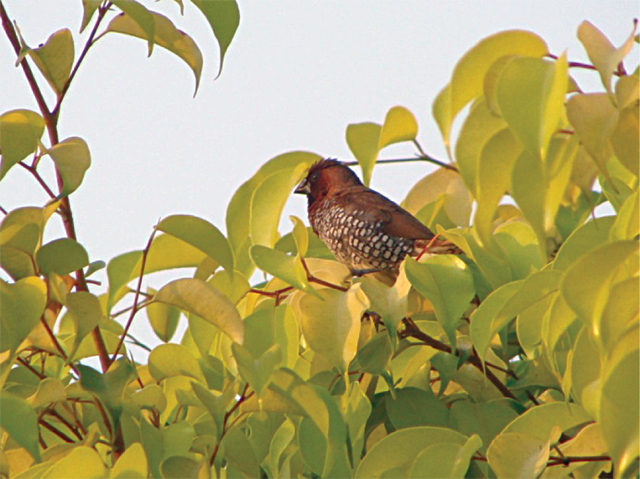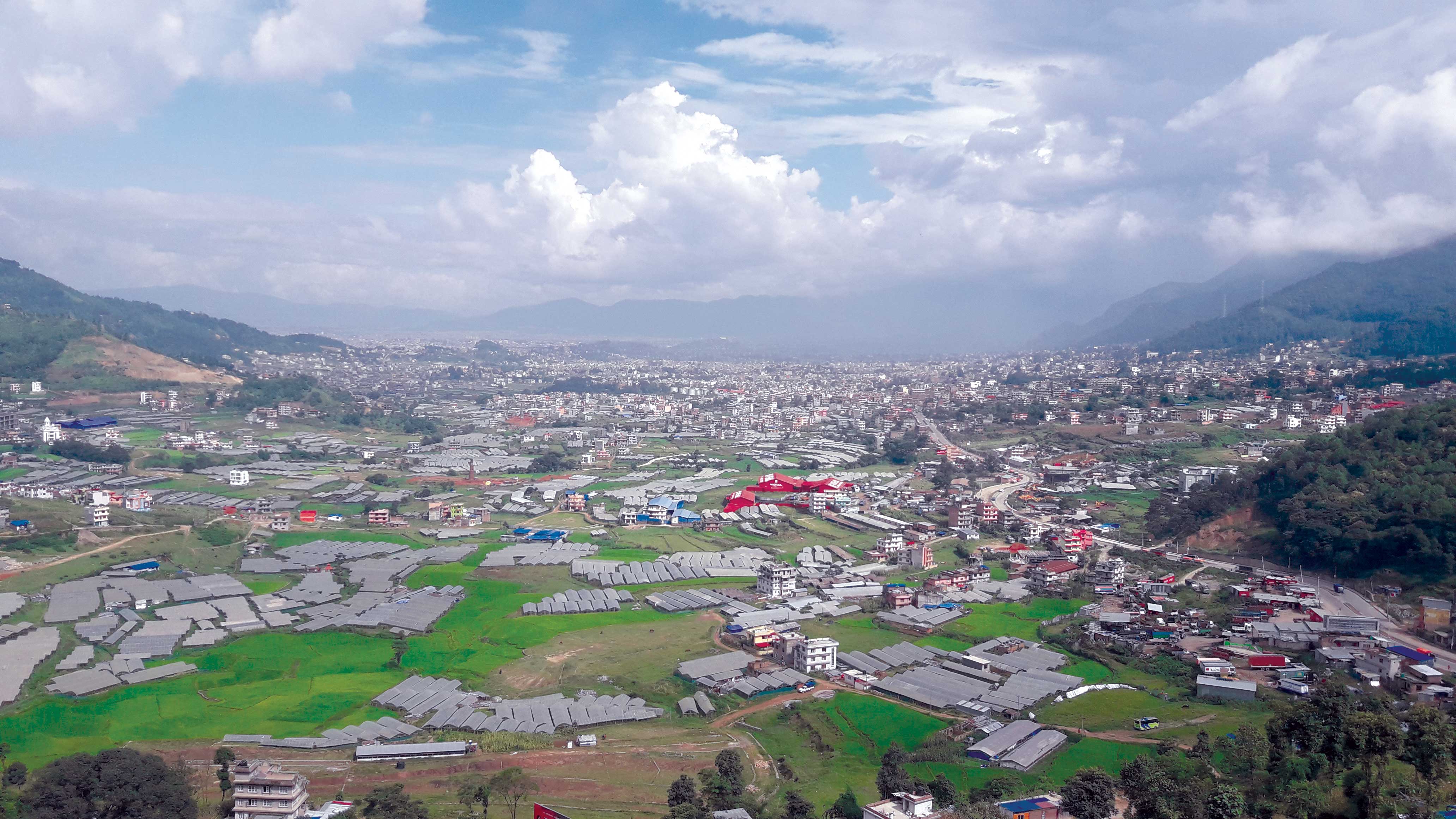
A green leaf fell from the tree just outside our boundary wall. It sailed confetti-like, twirling, dipping and rising a few inches, as though two invisible forces were pulling it in opposite directions. At first glance, anyone would have thought it was only a leaf. But I had seen the little bird that was carrying the leaf; the undulating pattern of the leaf was in fact the bird’s flight.
I knew where the little bird, a Spotted Munia, was taking the leaf. I had watched it for several days already, transporting its precious cargo to a False Ashoka tree, inside whose leafy labyrinth it was building its nest. From my writing desk on the verandah I had watched the bird carry leaf after leaf, dawn to dusk, day after day. I was stuck on a page for a long time, so the continuity of the bird’s sorties struck me. I could have a similar approach to writing, I thought—one sentence after another, hour after hour, day after day. I returned to my writing with a new sense of bird-dog diligence.
The very fact that I had noticed the bird for so many days from my desk meant that I was dilly-dallying too much to get any significant amount of writing done. Seeing the bird toil ceaselessly, I remembered E. L. Doctorow’s description of writing. “Writing,” he once told an interviewer, “is like driving a car at night: you never see further than your headlights, but you can make the whole trip that way.”
Remembering that quote, I realized that too often my writing slowed down because I felt the need to stride towards the completion of a piece; I never thought in terms of small steps. I was too eager – to use Doctorow’s metaphor – to speed out of the darkness and to the end of my trip (piece). As a result, the moment I encountered some difficulty in moving forward (when the writing didn’t come easily) I came to a halt. I would despair: the road ahead seemed endless, the destination unreachable. If I’d gone on my writing “trip” in a manner of Doctorow’s metaphorical drive, I would not have panicked when things slowed down.
Concentrating on the whole, the final product, too much almost always debilitates us. Sometimes what we need to move forward is not to obsess on completion of an entire article or a book but rather to work on the smaller parts (sentences, paragraphs). One sentence, one leaf, one bird is all we need to worry about sometimes. As Anne Lamott relates in her best-selling book, Bird by Bird:
“Thirty years ago my older brother, who was ten years old at the time, was trying to get a report written on birds that he’d had three months to write, which was due the next day. We were out at our family cabin in Bolinas, and he was at the kitchen table close to tears, surrounded by binder paper and pencils and unopened books about birds, immobilized by the hugeness of the task ahead. Then my father sat down beside him put his arm around my brother’s shoulder, and said, ‘Bird by bird, buddy. Just take it bird by bird.’”
The Spotted Munia (Longchura punctulata) is also known as Scaly-breasted Munia or Nutmeg Mannakin. The False Ashoka tree (Polyalthia longifolia) is also known as the Buddha tree, Indian mast tree or Indian fir tree. The quote from E.L. Doctorow is excerpted from a Paris Review interview. The excerpt about birds is from Lamott’s Bird by Bird: Some Instructions on Writing and Life (Anchor Books, 1995). Kapil Bisht is a freelance writer. He can be contacted at papercloudtree@hotmail.com.











